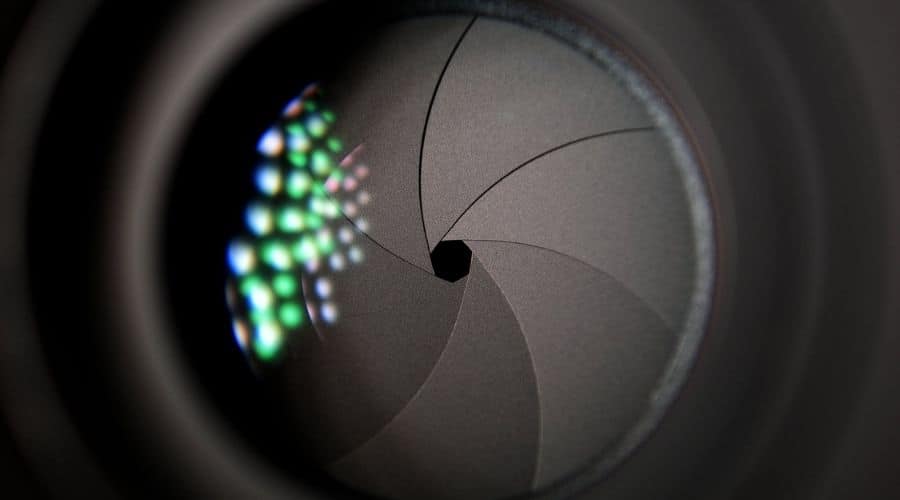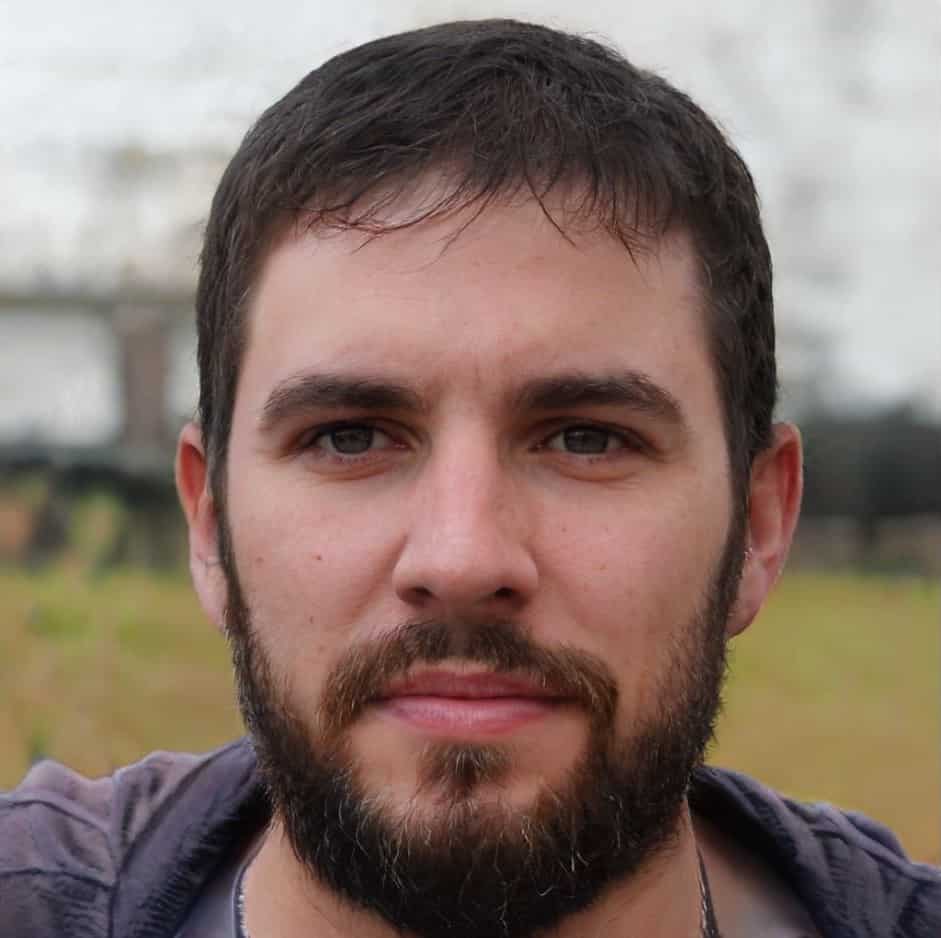Is there no crossover point where shutter speed overtakes flash duration?
Don’t worry, it’s not a silly question. Professional photographers get this question so often.
You can see the movement in the shutter curtains during this they are fully open. It happens up to a speed that lies between 1/250-1/500.
You need flash during the full-open period for proper exposure. High-speed-sync (HSS) flasher can fire many times and creates very excellent exposure levels. But it is limited up to 1/1000.
Keep reading if you want to learn something valuable:
- What is to know about shutter speed?
- Importance of shutter speed in photography.
- Where to find shutter speed?
- When to change the shutter speed?
- Setup guidelines.
- How to measure it?
- Effect of shutter speed on exposure.
- What is fast, slow, and long shutter speed.
- How to use a fast shutter speed?
First, Know what is shutter speed?
Shutter speed is the duration of time when the camera shutter is open. That allows the light to come inside the camera image sensor.
It is the time your camera took to click a photograph. And this is very important while shooting a moving subject.
A long shutter speed allows your camera sensor to open for a longer period. The first thing to notice is that it produces motion blur photos.
Long shutter speed elongates the picture and you get a blurred photo.
This motion blurred effect is mostly used in advertisements for motorbikes and cars.
On the other side slower shutter speed is used for giving a smooth effect to the subject. It is also used in conditions such as shooting a moving object, objects at night, or in low light.
You’d need a tripod when you’re shooting at a slow shutter speed.
Last but not least,
The faster shutter speed creates stunning shots with its ability to freeze fast-moving objects. You’d see it in something such as moving cars or flying birds.
If you’re shooting a subject that has water around. Then you can see each droplet will hang in the air, which you can not see with naked eyes.
Shutter Speed Importance In Photography
If you’re a beginner you must be familiar with the aperture, shutter speed, and ISO. Because most photographers suffer to understand the exposure controls.
Not only do you have to understand the concept. But you must also know how to use them to create a well-exposed photo.
Let’s discuss the basic introduction to these controls:
- The aperture is responsible to control the amount of light entering inside the lens and the depth of field.
- Shutter speed controls can be understood by how long your camera sensor is exposed directly to light.
- ISO is how your camera sensor allows light inside and produces efficient photographs. Ans that with the least digital noise.
Where To Find Shutter Speed?
Every small detail of photography is useful. So, the question is where to find shutter speed?
You can find the shutter speed on the top left corner of every camera brand.

If you’re a beginner and you have basic entry-level DSLRs then chances are your camera doesn’t come with a top LCD.
But don’t worry as you can look through the viewfinder. You’ll see shutter speed on the bottom left side.
You can find your shutter speed on the back screen. In case your camera doesn’t come with a top LCD or viewfinder like many mirrorless cameras.
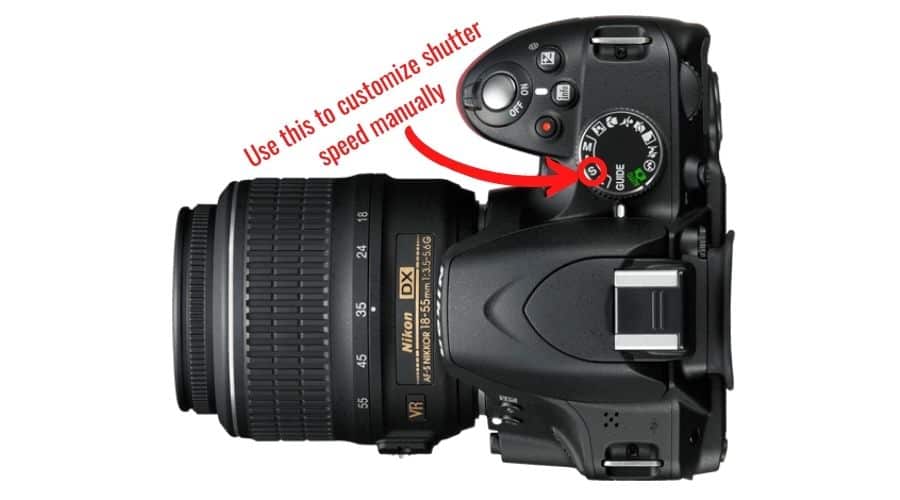
Few cameras don’t show shutter speed even for a second. There will be a sign like 1″ or 5″ if the shutter speed is more than or equal to one second.
If this method also fails. Set your camera to aperture priority mode, with “AUTO ISO” off.
Then move your camera from dark to bright areas. Changes in the number will be your shutter speed.
When To Change Shutter Speed?
Shutter speed allows you to control how quickly the camera absorbs light and captures images.
You must have seen this in a movie where fast-moving objects and still objects are in the same image. This is possible with a shutter speed of around 1/500.
You would have seen a blurry photo that was taken at the wrong shutter speed. There could be another reason such as out of focus or shallow depth of field.
So, you have to play with your shutter speed according to the situation.
Sports:
There is no doubt that you’ll find a lot of action and moving objects in a sport. You freeze the action moments and capture stunning photos. And the key rule is, that you can achieve it only with a fast shutter speed.
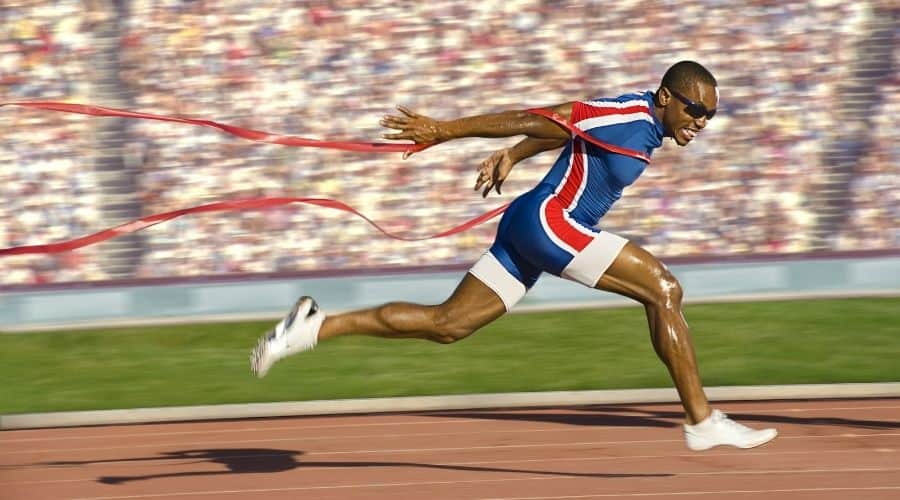
1/1000 shutter speed could be best to freeze motion. You’ll have to raise the ISO just because high speed does not allow enough light at this shutter speed.
Group and Panning Shoot:
You can see panning photography shot on a racing track. This is when the photographer follows a moving racer and clicks the shot.
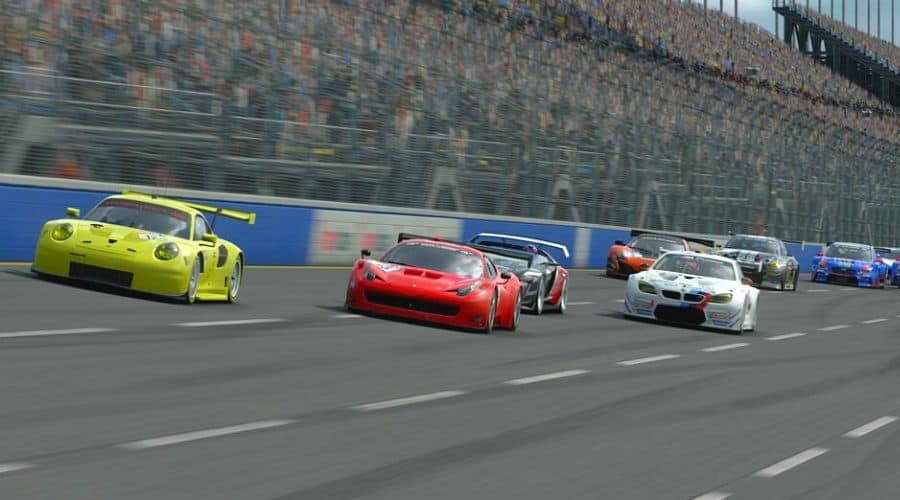
One thing you have to take care of is you‘ve to freeze the action with the background blurred out.
Shooting group photos can be a little challenging as people move at different speeds. You can use a higher shutter speed as much as you want in this condition.
You have to always use a higher shutter speed than the focal length.
Let’s say you’re using an 80mm lens. Your shutter speed has to be set above that mark of 1/80.
Night and Long Exposure:
Shooting nightlife requires a longer shutter speed supported by a high ISO range.

You must have seen photos with the light trails of cars. You can achieve this with a longer shutter speed. You can use a shutter speed of f/8 and 10-sec to capture such shots.
How To Setup?
The shutter speed is managed automatically by default in most cameras.
If you set your camera to “AUTO” mode for the shutter speed, aperture, and ISO. Then the camera will give automatic input.
If you still want to use shutter speed manually:
- Set camera to “shutter priority” mode. Your shutter speed and aperture of the camera automatically work.
- If you select “Manual” mode. You have to choose both shutter speed and aperture manually.
In both modes, you’re free to set ISO automatically or manually.
Pro tip: Use “aperture priority” mode and let the camera shutter speed work automatically.
How To Measure It?
You can measure the shutter speed in a fraction of a second.
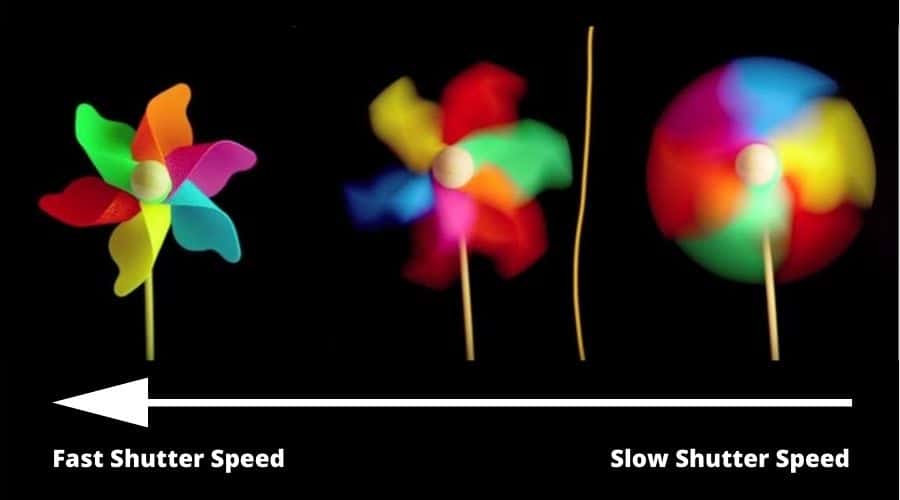
For example, 1/4 is the 4th part of a second, while 1/500 means one-five-hundred of a second.
Modern mirrorless and DSLR cameras support up to 1/4000th of a second. While some high-tech beasts can handle a speed of 1/8000th of a second and even faster.
On the other hand,
The largest shutter speed goes to 30 seconds. You can use external remote triggers for better performance.
Effects Of Shutter Speed On Exposure
Another important aspect you should know is how the shutter speed setting affects the exposure time.
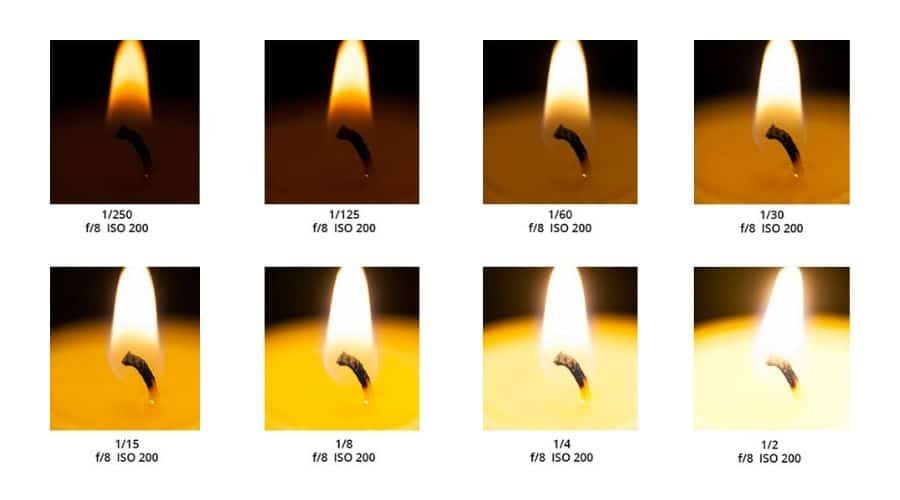
Suppose you’re using a long shutter speed. Your camera sensor gathers a lot of light and that results in quite a bright image.
In case of quick shutter speed. Your camera sensor gets a small fraction of seconds to light which results in a darker photo.
Although shutter speed isn’t the only factor that results in a dark image. A light condition in front of the scene, aperture, and ISO matter. You have to be quick enough to change settings accordingly.
Use a fast shutter speed so that your photo shouldn’t overexposed if you’re shooting on a sunny day.
Fast, Slow, and Long Shutter Speed
Let’s say fast shutter speed typically freezes the action and allows you to shoot the fast-moving object.
However, if you’re shooting birds, it requires at least 1/1000th second of shutter speed.
You can shoot a slow-moving object at 1/100th to 1/200th of a second without getting a motion blur.
You can achieve a long shutter speed above 1 second. Shutter speed ranges from 1/100th second to 1 second and comes under the slow shutter speed.
Using a tripod is necessary to avoid blur images. Although it depends on the lens too.
Some technologies within the lens will help you to take pictures at a very slow shutter speed. That too without any interruption of camera shake.
How To Use Fast Shutter Speed
Shutter speed is dependent on what type of photography you want to do. Use a faster shutter speed if you’re shooting a fast-moving object.
Each camera has its shutter value. Try using it manually to get perfect shots. This allows you to control according to the situation.
Shutter Priority Mode:
Shutter speed is generally seen on the dial with S or Tv.
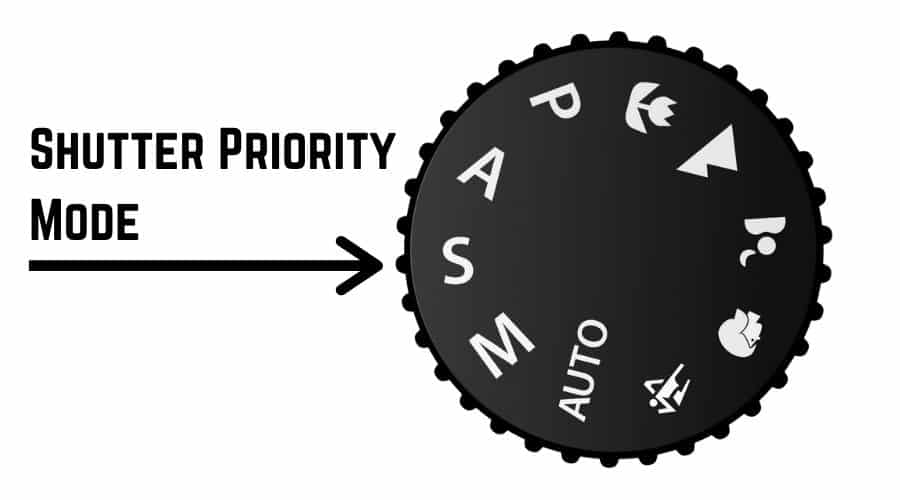
It’s perfect when you know how much you have to freeze motion, without cuddling with other camera settings.
The best part is you only have to set the shutter value. In the other settings, the camera will adjust automatically for correct exposure.
Shutter priority mode is the best option when you don’t have time for setting everything.
Manual Mode:
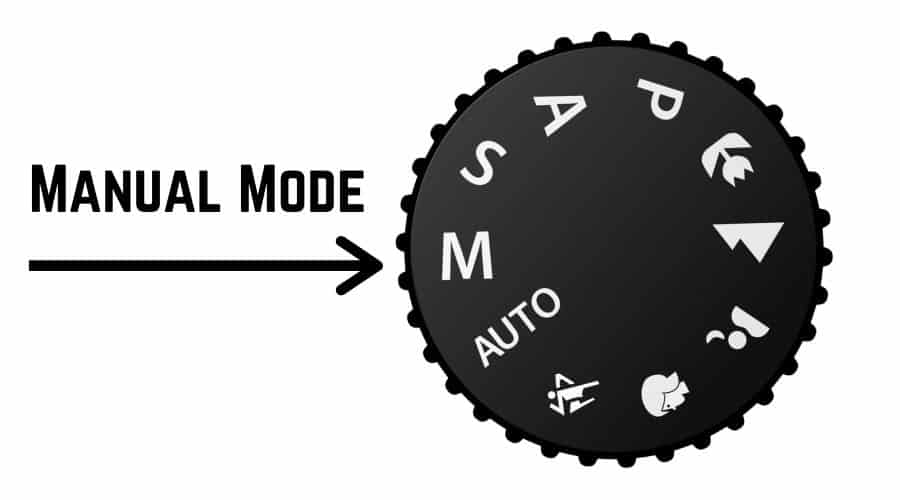
Manual mode can be a good choice when you have enough time for camera settings. So you can manually adjust the required settings at your own pace.
When using flash make sure your camera flash should sync with the shutter speed. If not then you can experience a black band across the image. It happens because the shutter partially blocks the projection of the flash.
Burst Mode:
It’s one of my favorite settings and is communally used by photographers. When you put your camera to burst mode, your camera takes several images back to back.
Be careful using flash in burst mode. As flash takes some time to recharge. You may miss some shots in such cases.
The Bottom Line
Every camera comes with its own positive and negative aspects. So pick your camera wisely, and make sure it should work well with every mode of shutter speed.
Camera shutter speed is something that affects your picture experience. A bad selection of settings could take much time or worse, it may break your shot. So learn the above guideline and practice them.
A bit of attention can make you a professional photographer. And don’t forget to carry a tripod along to avoid blurry images.

